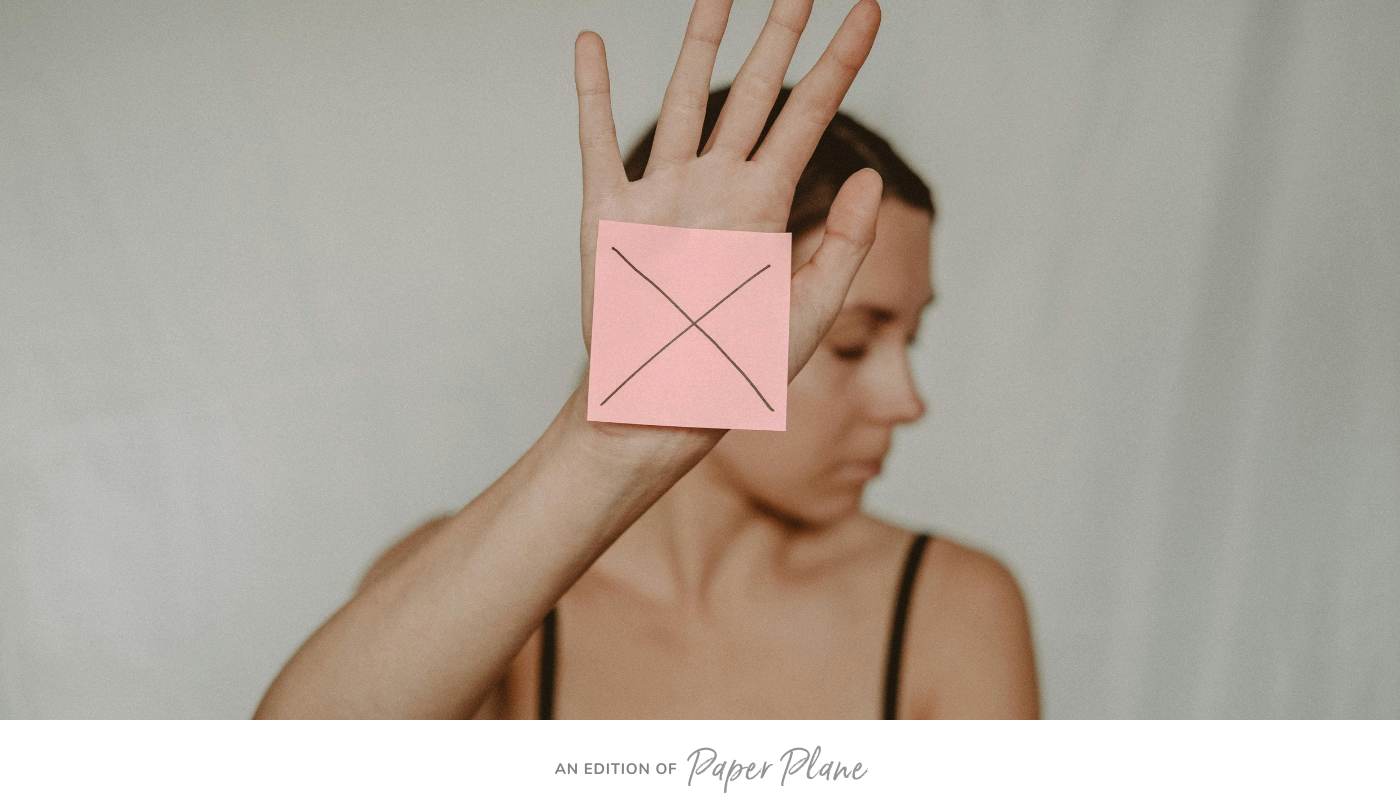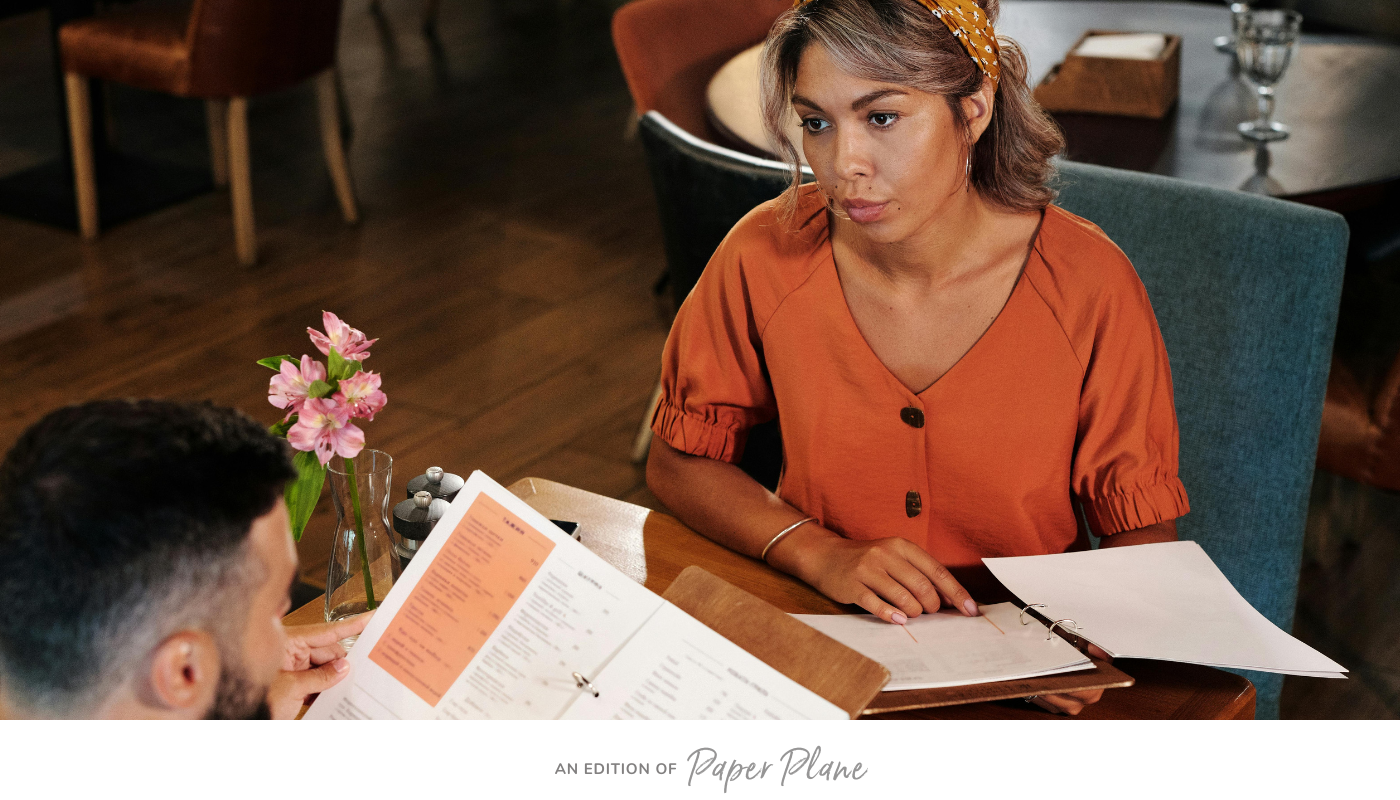An apology is not really for yourself. It’s for the recipient who felt like you wronged them in some way.
If you care about the other person or relationship overall, remind yourself of the bigger picture. Isn't being in harmony better? Sincerely apologize, regardless of how you feel about the situation. Let go of who was right or wrong. Let go of your ego and pride. Let go of debating over the tiniest recollection of the what and why it happened.Apologize, full stop. Say no more. Let the other person respond.
Your only responsibility after that is to check if the apology landed.
Why? Because if the apology didn't land, the person you're talking to is still stuck in the state of being wronged. They cannot mentally or emotionally move on from that holding pattern until they received the apology, which shakes loose of the hold. “Received” means that they clearly hear you say the words and that you acknowledge that they felt wronged. However, “Received” doesn’t equate to forgiveness. Your acknowledgment isn’t automatically acceptance or full understanding of the situation. But, at least you’re taking the first steps to get there. Grudges form when one person doesn’t feel heard and still holds onto the hurt from the wrongdoing. This apologetic approach begins to negate the first condition to avoid grudges from forming in the first place. In their eyes, you did something that wrong. No matter how you try to explain it away, it is highly unlikely that they will have the capacity to hear your explanation—no matter how logical you think it is. They are emotionally caught up in the wrongdoing, and so could you—defending yourself. Anything said is just going to feed into their story of how you are still in the wrong or digging yourself a deeper hole of wrongness.An apology is a way to acknowledge what happened
Fact: Something happened. Fact: It rubbed that person in the wrong way. Opinion: Who is right or wrong. Fact: How you handle the conversation can make all the difference. The issue can only be resolved after both sides have acknowledged what happened. Somehow, apologies have been laced with these beliefs of “I’m giving something up” or “I’m weak if I apologize or admit I’m wrong”. Those aren’t productive to the resolution since it's just your ego talking. Let the apology simply be an acknowledgment.How to move forward together
The next part can be done alone, or even better with your partner. Talk about and address these items one by one ahead of time, and formulate a game plan BEFORE your next conflict:Discuss the best approach ahead of time
We all process the situation in our own way and at our own pace. If the methods and timing of the two people involved aren’t similar, it can create more conflict. Discuss with your partner what is the best way to bring up an issue, and how they need to process that information before coming up with a solution.Realign any misalignments
When conflict occurs, it’s usually a miscommunication that led to a misunderstanding or a misalignment of values or beliefs. One or both sides are making assumptions about what the other person said. Stating and clearing up those assumptions can help move things forward, because you're both getting a better understanding of what has happened and more about what each other believes. In the heat of the moment, it’s typically harder to explain the root of the issue. Discuss what needs to happen for both of you to come to a neutral state to have a clearheaded conversation about what happened.Focus on the bigger picture, not the details
Only recap what has happened to dig out where the miscommunication or misalignment occurred. Getting into a (s)he-said-(s)he-said situation often leads to a standstill. Focus on how the situation made you feel. Share your perspective, instead of justifying why you are right. Discuss what to do when a standstill occurs. What can either of you do to snap out of it?Share and address your behavioral or emotional triggers
When either side is focusing on who’s right or wrong, the conversation is no longer productive. Ego is involved. Pride makes it harder to communicate as each side is just focusing on justifying their own behavior or beliefs. You’re digging your heels in from a purely defensive mode—bunkering down and protecting yourself from the mental attacks coming your way. Discuss what are the behaviors triggering your defensive mode. What can either of you do to help diffuse the tension or deescalate the drama?Learn and improve your process together
Focus on what can be done to make it better next time or bypass the issue entirely. Coming up with a solution resolves around sharing what each side felt, believed in, or took away from that moment of conflict. Discuss whether you agree with this point (or specifically what each other needs individually). What could be done to conclude the conversation on good terms?YOUR TURN!!
Share this article with your partner. Establish common ground and discuss how you two want to address conflict before it happens. Warning: Do not use this time to bring up past issues. Focus on coming up with a game plan that moves through challenging discussions more effectively and lands on a solution quicker.
You got this!

P.S. I was reminded of this lesson again later… if you're interested in reading about that, too. Click here for my other personal behind-the-scenes story for this post.
Psst, the featured photo is by Andrik Langfield via unsplash






